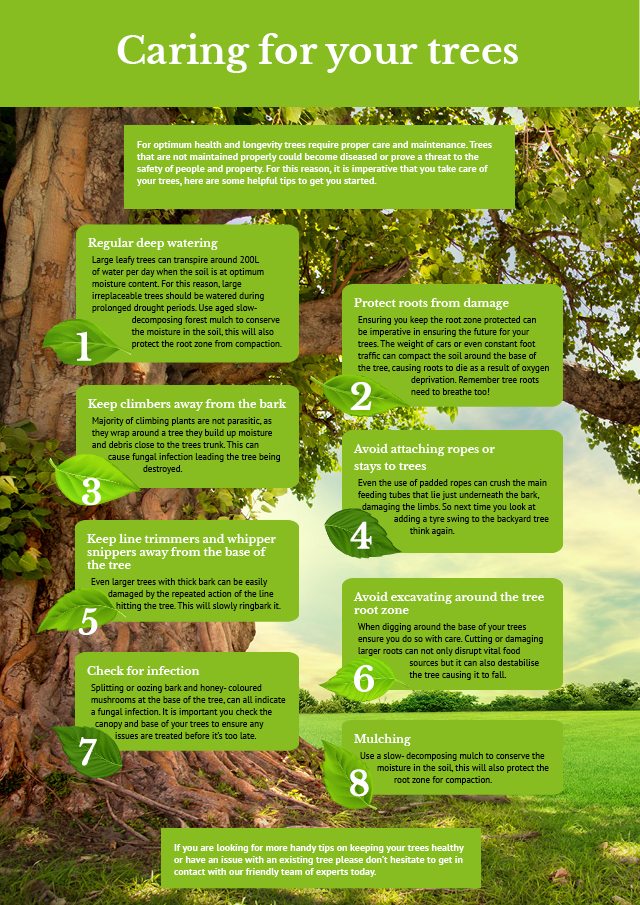Post-Tree Elimination Support: Just How To Efficiently Restore Your Landscape
Post-Tree Elimination Support: Just How To Efficiently Restore Your Landscape
Blog Article
Author-Graham Cochrane
After a tree's removal, your landscape might look rather various, and it's necessary to evaluate the results carefully. You'll intend to evaluate the dirt disruption and examine bordering plants for any kind of indications of stress and anxiety. Neglecting these variables can bring about bigger issues down the line. So, what should you finish with those stumps and origins? And how do you choose the very best plants for your rejuvenated room? Allow's explore these crucial steps.
Analyzing the Consequences: Evaluating Your Landscape
After a tree elimination, it's vital to analyze your landscape to recognize the impact it carries your lawn.
Begin by examining the area where the tree stood. Look for signs of soil disruption, and check the surrounding plants for any kind of stress or damage.
You should also take note of how the elimination has actually altered sunshine direct exposure and airflow in your yard. This change can impact the growth of nearby plants, so it's essential to evaluate their wellness.
Take into consideration the aesthetic elements as well; the removal may develop an open space that you can redesign.
Lastly, think about any potential disintegration issues that might emerge from the tree's absence. Attending to these factors early will assist bring back equilibrium to your landscape.
Managing Stumps and Roots: Alternatives for Removal
Once you've assessed the consequences of the tree removal, you'll likely need to take on the stump and origins left.
You have a few alternatives for removal. https://www.fool.com/millionacres/real-estate-market/articles/hardscaping-landscape-trend-2020/ is stump grinding, where a professional utilizes an equipment to grind the stump down to underground degree. This method leaves very little disruption to your landscape.
If you favor a DIY technique, you can make use of a combination of digging and chemical stump eliminators. Simply bear in mind, this procedure can require time and effort.
Additionally, take into why not try these out leaving the stump as an all-natural attribute, which can function as an unique garden element or habitat for wildlife.
Whatever you pick, attending to the stump and roots is important for restoring your landscape.
Selecting the Right Plants for Your New Area
As you assess your newly removed space, choosing the right plants can significantly enhance your landscape's charm and functionality.
Start by considering the sunlight and soil conditions. For warm locations, select drought-resistant plants like lavender or succulents. In shaded places, brushes and hostas thrive well.
Think of the dimension and growth habits of your plants; mix perennials and annuals for seasonal variety. Don't fail to remember to integrate native types; they require less maintenance and support neighborhood wildlife.
Team plants in odd numbers for an extra all-natural appearance and develop layers for aesthetic depth.
Ultimately, guarantee you have a mix of colors and textures to keep your landscape vibrant throughout the periods.
Happy growing!
Verdict
In conclusion, restoring your landscape after tree elimination is a gratifying procedure. By evaluating the aftermath, addressing stumps and origins, and choosing the right plants, you'll create a successful atmosphere. Don't fail to remember to incorporate disintegration control steps to shield your soil. With a little initiative and care, you can change your room right into a lively yard that boosts your home. Welcome the possibility to rejuvenate your landscape and enjoy the charm of nature right in your backyard!
